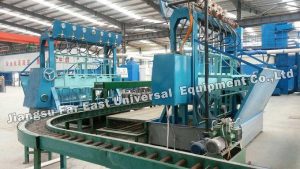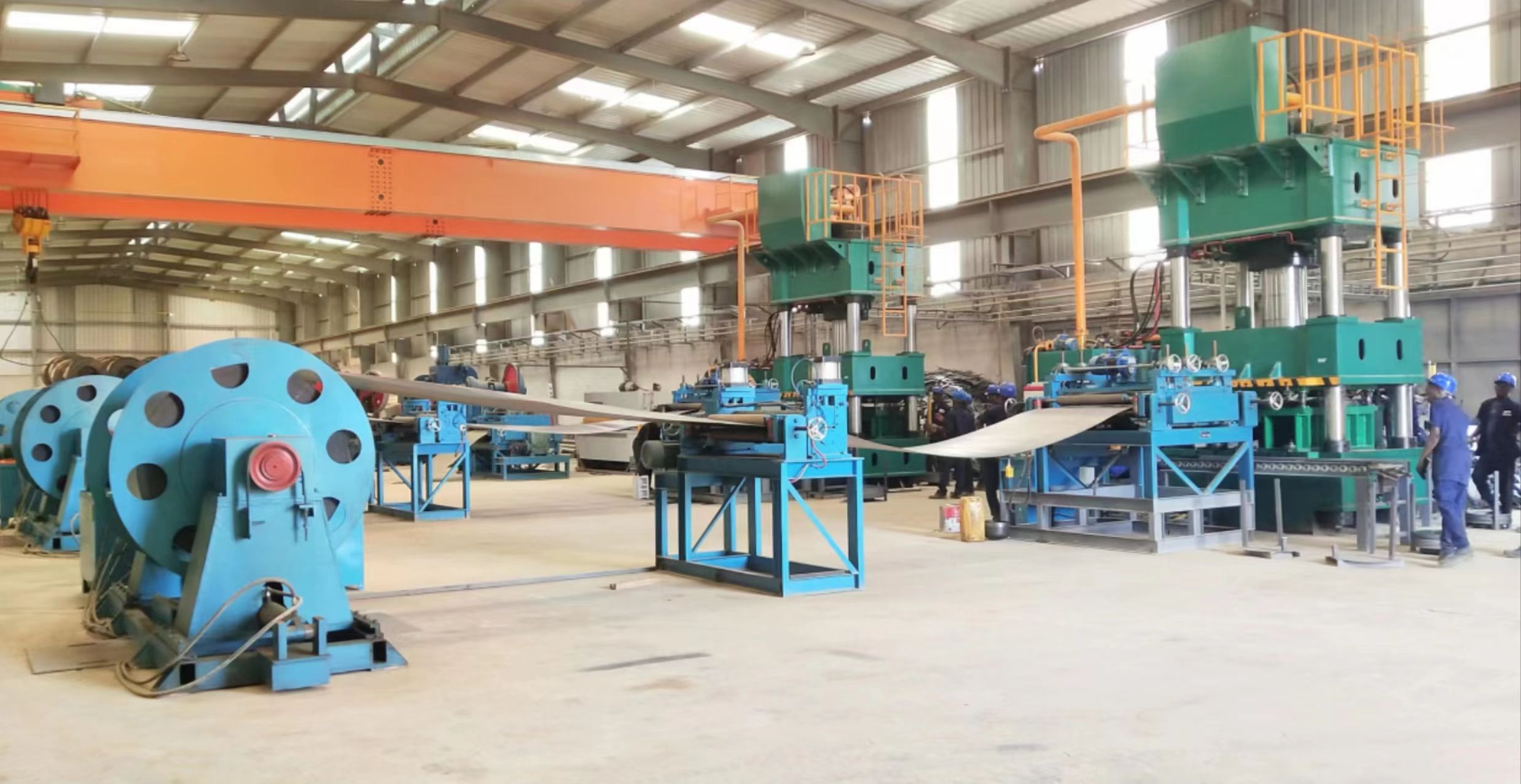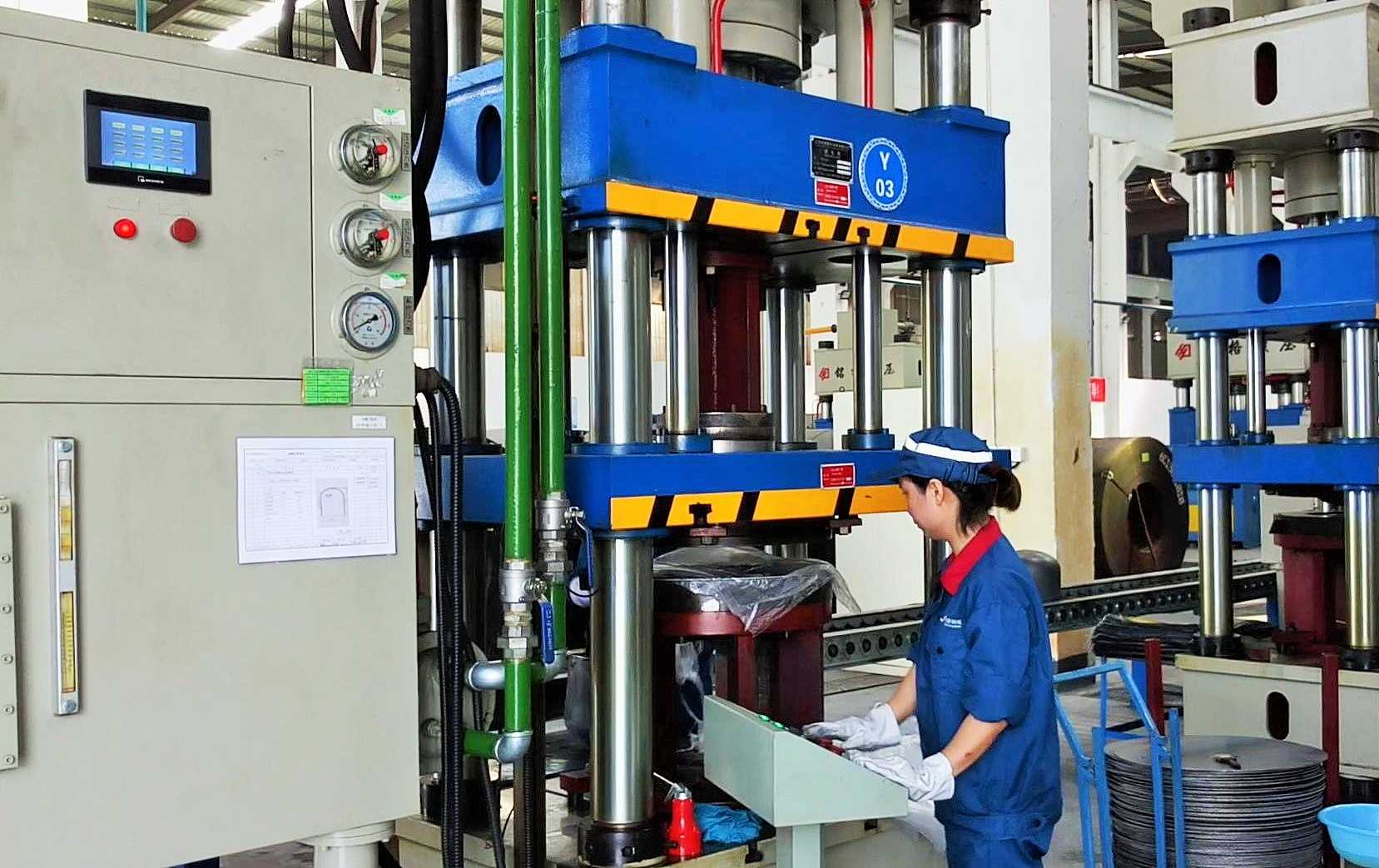Quality control is a fundamental aspect of modern manufacturing and engineering, ensuring that products meet specified standards and perform reliably in their intended applications. One of the most critical tools in achieving high standards of quality control is the hydraulic testing machine. These machines are designed to apply controlled forces and pressures to materials and components, providing essential data on their strength, durability, and performance. This article explores how testing machines enhance quality control across various industries, delving into their operation, applications, benefits, and future trends.
Understanding Hydraulic Testing Machines
Hydraulic testing machines use hydraulic power to generate and apply precise forces to test materials and components. The basic principle involves using a hydraulic pump to pressurize fluid within a cylinder, which in turn moves a piston to apply force. This force can be adjusted and measured accurately, making machines ideal for a wide range of testing applications.
Components and Operation
The primary components of a testing machine include:
- Hydraulic Pump: At the heart of the system, the hydraulic pump generates the necessary pressure by moving hydraulic fluid through the system.
- Cylinder and Piston: The cylinder houses the piston, which moves under the influence of pressurized fluid to apply force to the test specimen.
- Load Frame: The structure that supports the cylinder, piston, and test specimen, ensuring stability and accurate force application.
- Control System: Modern hydraulic testing machines are equipped with advanced control systems that allow precise control over the force applied, as well as data acquisition systems to record test results.
- Sensors and Gauges: These components measure and monitor various parameters such as pressure, force, and displacement, providing real-time feedback for accurate testing.
Applications of Testing Machines
Hydraulic testing machines are used across various industries for a multitude of applications, each requiring specific testing protocols and standards. Some of the key applications include:
1. Material Testing
In material science, understanding the mechanical properties of materials is crucial. Hydraulic machines are used to perform tests such as tensile, compression, bending, and shear tests on materials like metals, polymers, ceramics, and composites. These tests provide valuable data on material strength, ductility, hardness, and toughness, informing material selection and design decisions.
2. Component Testing
Hydraulic machines are employed to test components and assemblies to ensure they meet performance and safety standards. Examples include testing automotive parts, aerospace components, construction materials, and medical devices. These tests help identify potential weaknesses and ensure that components can withstand operational stresses.
3. Structural Testing
For larger structures such as bridges, buildings, and infrastructure elements, testing machines can apply significant forces to simulate real-world conditions. Structural testing helps engineers assess the integrity and safety of these structures, ensuring they can endure loads, impacts, and environmental factors over their lifespan.
4. Research and Development
In R&D, hydraulic testing machines are essential tools for developing new materials and products. By subjecting prototypes to rigorous testing, researchers can evaluate their performance, identify areas for improvement, and validate design concepts before moving to mass production.
Benefits of Testing Machines in Quality Control
The integration of testing machines into quality control processes offers several advantages, enhancing the reliability and efficiency of testing operations.
1. High Precision and Accuracy
Hydraulic machines are renowned for their ability to apply precise and controlled forces, ensuring accurate and repeatable test results. This precision is crucial for obtaining reliable data on material and component performance, supporting informed decision-making in design and manufacturing.
2. Versatility
The versatility of hydraulic testing machines allows them to accommodate a wide range of testing applications. With appropriate fixtures and configurations, they can test different materials, components, and structures under various conditions, making them indispensable tools across multiple industries.
3. Automation and Data Acquisition
Modern hydraulic machines are equipped with advanced automation and data acquisition systems, streamlining the testing process and enhancing efficiency. Automated testing reduces human error and variability, while data acquisition systems provide comprehensive records of test parameters and results for detailed analysis and reporting.
4. Enhanced Safety
Hydraulic testing machines incorporate numerous safety features, such as overload protection, emergency stop functions, and enclosed testing environments. These features protect operators and ensure safe testing operations, particularly when dealing with high forces and pressures.
5. Compliance with Standards
Industries often adhere to stringent testing standards and regulations to ensure product quality and safety. Hydraulic testing machines are designed to comply with international standards, such as ASTM, ISO, and EN, ensuring that test results are consistent, reliable, and globally recognized.

Case Studies: Testing Machines in Action
To illustrate the impact of hydraulic testing machines on quality control, let’s explore some real-world case studies across different industries.
Automotive Industry
In the automotive sector, ensuring the safety and reliability of vehicles is paramount. Hydraulic machines are used extensively to test various automotive components, including suspension systems, chassis, and crash safety features.
Case Study: Suspension System Testing
An automotive manufacturer aimed to enhance the durability and performance of its suspension systems. Using hydraulic testing machines, the company conducted fatigue tests on suspension components to simulate real-world driving conditions. The tests revealed critical insights into the components’ longevity and performance under cyclic loading, enabling the manufacturer to make design improvements and enhance the overall reliability of the suspension system.
Aerospace Industry
The aerospace industry demands the highest standards of safety and performance for its components and structures. Hydraulic machines play a crucial role in validating the integrity of aerospace materials and assemblies.
Case Study: Wing Structure Testing
An aerospace company needed to validate the structural integrity of a new wing design for a commercial aircraft. Hydraulic testing machines were employed to apply simulated aerodynamic forces to the wing structure, replicating flight conditions. The tests confirmed the wing’s ability to withstand operational stresses, providing essential data for certification and ensuring passenger safety.
Construction Industry
In construction, the strength and durability of materials and structures are critical for ensuring safety and longevity. Hydraulic machines are used to assess the performance of construction materials and elements.
Case Study: Concrete Beam Testing
A construction firm sought to evaluate the load-bearing capacity of concrete beams for a new bridge project. Hydraulic machines applied controlled forces to the beams, measuring their response to bending and compression. The results demonstrated the beams’ ability to support the required loads, ensuring the structural integrity of the bridge.
Future Trends in Hydraulic Testing Machines
As technology advances, hydraulic machines continue to evolve, incorporating new features and capabilities to meet emerging needs in quality control.
1. Digitalization and Industry 4.0
The integration of digital technologies and Industry 4.0 principles is transforming testing machines. Advanced sensors, real-time data analytics, and connectivity enable predictive maintenance, remote monitoring, and data-driven decision-making, enhancing the efficiency and reliability of testing operations.
2. Green Testing Solutions
Sustainability is becoming a key focus in manufacturing and engineering. Future hydraulic testing machines will incorporate eco-friendly features, such as energy-efficient hydraulic systems and the use of biodegradable hydraulic fluids, reducing their environmental impact.
3. Advanced Simulation and Modeling
The use of advanced simulation and modeling techniques will complement physical testing, providing a comprehensive understanding of material and component behavior. This approach allows engineers to optimize designs and reduce the need for extensive physical testing, saving time and resources.
4. Miniaturization and Portability
Developments in miniaturization and portability will lead to more compact and mobile hydraulic testing machines. These portable units will enable on-site testing in remote or confined locations, expanding the scope of quality control applications.
Conclusion
Hydraulic testing machines are indispensable tools for enhancing quality control across various industries. Their ability to apply precise and controlled forces, combined with advanced automation and data acquisition systems, ensures accurate and reliable testing results. From material testing to component validation and structural assessments, these machines play a critical role in ensuring product safety, performance, and compliance with standards. As technology continues to advance, testing machines will evolve to meet emerging needs, supporting the ongoing pursuit of excellence in quality control and contributing to the development of safer, more reliable products and structures.




